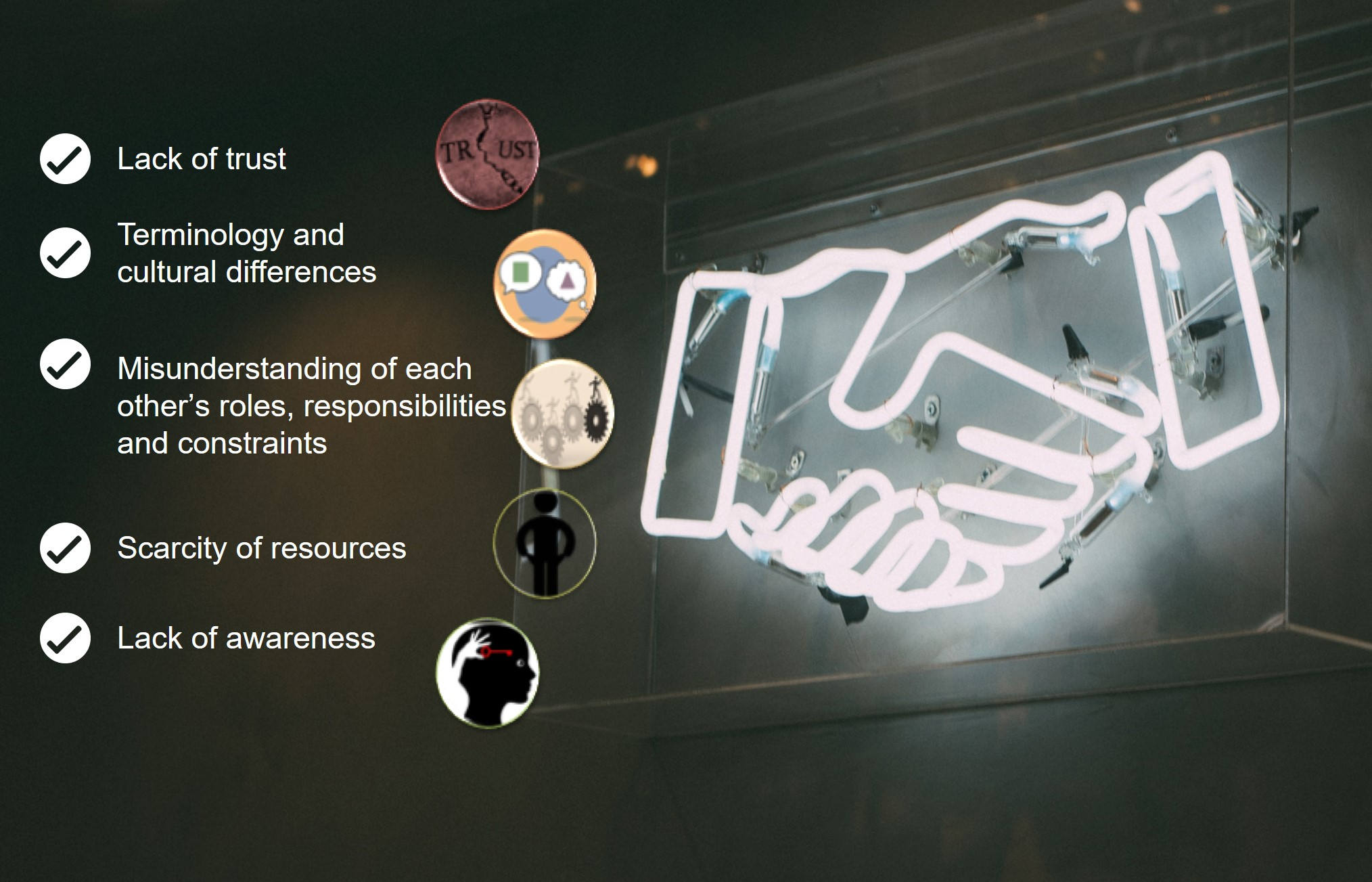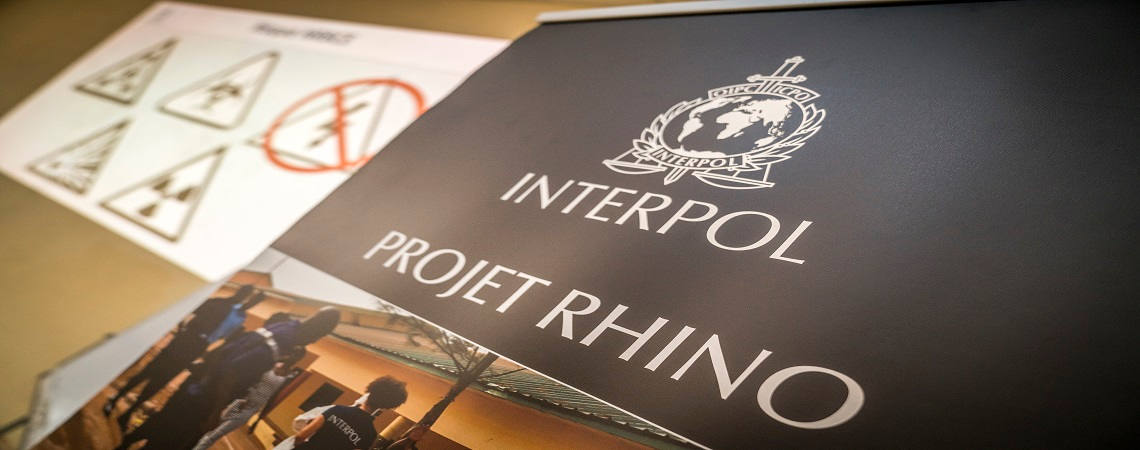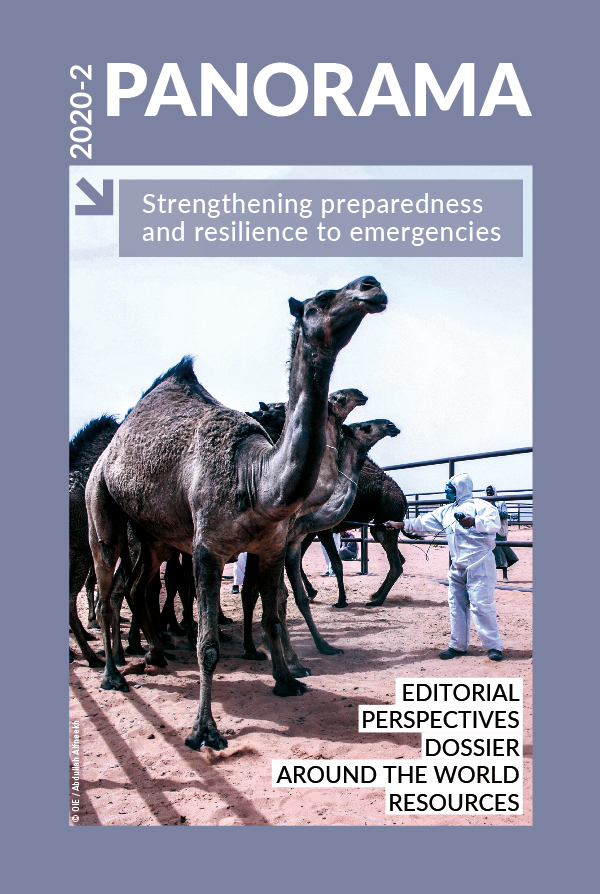Perspectives Posted on 2021-03-08 08:48:51
Opinions and strategies
Including veterinarians in preventing and preparing for bioterrorism
Law enforcement and veterinary cooperation to combat deliberate biological attacks
Keywords
Authors
F. Ewann, Bioterrorism Prevention Unit, CBRNE and Vulnerable Targets Sub-Directorate, Counter-Terrorism Directorate, International Criminal Police Organization (INTERPOL).
The designations and denominations employed and the presentation of the material in this article do not imply the expression of any opinion whatsoever on the part of the OIE concerning the legal status of any country, territory, city or area or of its authorities, or concerning the delimitation of its frontiers and boundaries.
The views expressed in this article are solely the responsibility of the author(s). The mention of specific companies or products of manufacturers, whether or not these have been patented, does not imply that these have been endorsed or recommended by the OIE in preference to others of a similar nature that are not mentioned.
Steps have already been taken with public health services to make this cooperation a priority and the same should be done with Veterinary Services. Thus, there is a serious lack of integration of veterinarians into the law enforcement-led response and in the ability of all agencies to cooperate effectively in the emergency management cycle of such events.
Major challenges to cooperation between law enforcement and animal health services
Building resilience to a deliberate disease outbreak means fully integrating veterinarians into the disease response, whether or not animals are directly involved in the incident.
While some degree of cooperation exists between the law enforcement and veterinary sectors in relation to criminal behaviour, they are guided by very different perspectives. As such, cooperation is often hindered by a lack of understanding of each other’s roles, responsibilities and constraints, combined with poor awareness of how both sectors can support each other in fulfilling a common goal: ‘to protect the health and safety of the public’. This overarching goal is a powerful inducement to overcome these obstacles and bring both communities together (Figs. 1, 2, 3).
Initiating dialogue between veterinary and law enforcement agencies
Project RHINO (an INTERPOL project to strengthen its member countries’ capacity to combat biological threats) in Guinea [3] began the necessary conversation between veterinary and law enforcement agencies to collaborate in an ‘all-hazards strategy’ to control disease outbreaks.
An understanding of each other’s mandates and of the benefits of cooperation formed the cornerstone of mutual trust required to increase resilience to animal disease emergencies. Joint training, training across sectors, and participating in joint exercises to demonstrate the value of a multi-agency approach, even in smaller incidents, have strengthened this process (Figs. 4, 5). However, resilience, in the form of continuing the sustainable networks developed through this project, also depends on strong political support. This can only be guaranteed by governments who are well informed of the One Health approach, understand its importance and are committed to its implementation.
| Watch INTERPOL video on Project RHINO |





http://dx.doi.org/10.20506/bull.2020.2.3147
References
- United Nations (2020). – Secretary-General’s remarks at the opening of the Virtual Counter-Terrorism Week United Nations [as delivered] (accessed on 22 August 2020).
- Carlin E.P., Machalaba C., Berthe F.C.J., Long K.C. & Karesh W.B. (2019). – Building resilience to biothreats: an assessment of unmet core global health security needs. EcoHealth Alliance (accessed on 26 August 2020).
- International Criminal Police Organization (INTERPOL) (2020). – Bioterrorism: Capacity building and training (accessed on 22 August 2020).












